61 F. high in the Twin Cities Saturday.
63 F. average high on October 5.
48 F. high on October 5, 2012.
1.23" rain has fallen on the Twin Cities so far in October.
50s today, but 3-4 days above 70F later this week.
Silver Buckshot
What
I can't yet wrap my tired brain around is this: why should conservatism
apply to everything BUT the environment, the very thing that sustains
us?
How do we keep the lights on and the economy humming along,
using market forces to make greener, cleaner options more viable? When
people realize they can save green by going green.
Get an energy audit on your home. Buy carbon offsets when you fly. Consider a more fuel-efficient vehicle.
I
just traded 2 gas-powered cars on a Tesla Model S. It's a techno-geek's
4-wheel fantasy - gliding past the local BP gas station with a grin on
my face; charging it in my garage at night, using cheaper, off-peak
electricity.
There's no silver bullet, but there is silver buckshot that can make a difference long-term.
Lead,
South Dakota is digging out from 43 inches of snow (not bad for the
first week of October), while Sioux City cleans up from a rare swarm of
October tornadoes. "Karen" is fizzling in the Gulf, more of a sloppy
inconvenience than a huge threat.
Showers linger today, a raw breeze giving way to 4 days at/above 70F later this week.
We
just picked up 1-2 inches of rain; a well-timed soaking. Drought is
easing, and I still don't see a metro frost looking out 2 weeks.
Mudslides Near Winona.
Training T-storms Friday night and early Saturday triggered close to 6"
rain east of Spring Valley, over far southeastern Minnesota. The
torrential rains closed Highway 61 south of Winona for a few hours early
Saturday; details from
The Star Tribune.
A Raw Marathon, But Mellowing This Week.
Temperatures rise through the 40s this morning, peaking in the low to
mid 50s by afternoon as a few instability showers pop up - readings more
than 10F cooler than average. But I expect a string of 70-degree highs
this week, another cool smack on the way in 1 week, based on ECMWF
guidance (above). Chart: Weatherspark.
Another Big Storm Next Weekend - Coastal Storm For Eastern USA?
Here is GFS guidance going out 192 hours into next weekend, showing yet
another major storm tracking across the Plains, while an Atlantic storm
retrogrades westward toward the East Coast. Karen quickly fizzles to
tropical depression status. Loop: NOAA and Ham Weather.
Drought-Denting Rains? Here's a clip from the always-informative weekly
WeatherTalk Newsletter from Dr. Mark Seeley: "...
The
rains were very welcome, especially in areas of the state where drought
had taken hold. In fact, the overall areas of the state landscape
designated to be in moderate to severe drought shrunk by over six
percent over the past week. Yet more rainfall is expected around the
state through Sunday of this weekend, and further out the National
Weather Service expects a wetter than normal weather pattern over the
state through October 17th..."
Hurricane Hunters Flying The Storm And Moving Their Planes.
WDAM.com has an interesting story - here's an excerpt: "
Biloxi's
Hurricane Hunters are busy flying the storm and moving their planes out
of harm's way. Beginning Friday, they'll be stationed at Ellington
Field near Houston, Texas, and flying the storm from there. The
commander of the 403rd Air Wing at Keesler spoke to WLOX News about the
challenges of watching the weather, relocating those planes and dealing
with government furloughs. "We're moving airplanes and we're flying the
storm. And that's the challenge that we face right now," said Col. Frank
Amodeo..."
Shutdown Stopping Flow Of Information As Dangerous Storms Threaten Nation. Here's an excerpt of a Jason Samenow article at The Washington Post's
Capital Weather Gang: "...
In
addition to the social media stoppages, several Federal websites that
historically have provided information and updates about hazardous
weather are also down or not being updated:
* The NOAA.gov portal,
which often serves as a hub for life-threatening storm information and
resources; it is redirecting to weather.gov, which is fully functional
* NOAA’s Environmental Visualization Laboratory, which provides storm imagery on a daily basis
* NASA’s Hurricane Web site, which provides news and visuals about tropical weather systems
* NASA Goddard Space Flight Center’s weather imagery..."
Subtle Yet Blunt.
Here's a technical explanation of weather in Anchorage, but look
carefully and you can see it: a cry for help. PLEASE PAY US. I don't
blame them for being upset.
Major Storms Are Forming, And America's Meteorologists Are Stuck At Home. Well, some of them. Here's a clip from a story at
Quartz: "...
As
potential natural disasters loom, the American government is shut down
because of a budget dispute. As part of the National Oceanic and
Atmospheric Administration’s mission to “protect life and property,”
critical civil servants such as weather forecasters must remain at
work—without pay —while support staff and other “non-essential”
personnel are being sent home. Although essential personnel are still on the job (and others have been recalled
in face of the impending weather disruptions), it’s impossible to think
that the fragmentation of bureaucracy won’t have an impact in the
context of a rapidly changing natural disaster..." (Map above:
Ham Weather).
Karen On Life-Support. Here's an excerpt of an
Alerts Broadcaster briefing I sent to our corporate customers Saturday afternoon:
*
Karen is (barely) a tropical storm, with sustained winds of 40 mph.
Tropical storm force means sustained winds in excess of 39 mph.
*
Wind shear still interfering with circulation; all the indications
suggest Karen weakening into a tropical depression overnight, brushing
the Gulf Coast with heavy rain and isolated tornadoes Sunday into early
Monday.
* As suggested late yesterday, Karen will probably wind up being more of a soggy nuisance than a facility-threatening event.
* Don't watch the storm center - all the convection and heaviest T-storms are taking place 50-100 miles
east of the storm center, a trend which may spill over into Sunday.
*
Tropical Storm Watch has been discontinued for metro New Orleans,
Tropical Storm Warning posted Grand Isle to the mouth of the Pearl
River.
* Some 4-5" rainfall amounts are possible over the
Mississippi River Delta. Mobile and Pensacola will pick up closer to
1-2" rain, capable of (minor) flash flooding late Sunday into Monday
morning, mainly poor drainage areas and streets that usually flood
during heavy T-storms.
Latest Position.
The (storm-free) center of T.S. Karen was 115 miles south of Morgan
City, Louisiana at 4 PM, meandering north at 2-3 mph. Forward speed
should increase, with a sharp turn to the east-northeast as the fizzling
storm gets swept up by an eastbound cool front.
Projected Path.
Coastal areas south of Interstate 10 will still see a healthy soaking
as the soggy dregs of Karen push east on Sunday, locally as much as 3"
of rain. A 2 foot storm surge is possible at high tide, but right now I
expect mostly-minor coastal flooding as the storm continues to weaken
steadily.
Revised Landfall Estimate.
Karen is behaving erratically, stalling at times as it creeps north.
Landfall over the mouth of the Mississippi is now projected for 1:40 AM
ET Sunday, but that time may be pushed back since the forward speed has
slowed in recent hours. Again, it's worth repeating that all the action,
what little there is, is being swept east of the storm center, a trend
which should continue into Sunday. Most coastal areas east of New
Orleans, from Biloxi to Mobile and Pensacola, will see a 5-8 hour period
of T-storms and locally heavy rain, with winds gusting to 35 mph at
times, during the day Sunday as Karen approaches the Gulf Coast.
Predicted Rainfall.
Latest ECMWF guidance shows some 3-4" amounts over far southeastern
Louisiana, but the heaviest rains will remain out over the open waters
of the Gulf of Mexico, pushing ashore by midday and afternoon Sunday
with some 1-2" amounts from near Mobile to Pensacola. Summer T-storms
often produce more rain than that.
Current Watches And Warnings.
All Tropical Storm Watches have been discontinued, a Tropical Storm
Warning still in effect from Grand Isle to the mouth of the Pearl River
(but discontinued west of Grand Isle) as the storm continues to slowly
fade. Flood Warnings are posted for coastal communities for the risk of
heavy/sustained rains capable of urban and small stream flooding late
tonight into Sunday.
Summary: Once again the
ECMWF (European) model outperformed U.S. models, including NAM and HWRF.
Karen moved into a highly-sheared environment, winds aloft too strong
and dry to sustain a significant storm. There will be minor flooding as
the remains of Karen come ashore Sunday and Monday morning, and a few
tornadoes can't be ruled out, but impacts on personnel and facilities
will fall into the extreme-nuisance range, rather than a
life-threatening storm capable of serious disruptions and risk to life
and property. That said, every tropical system is unique and capable of
last-minute surprises that weren't on our radar. Another update Sunday
morning, but as the risk from Karen slowly diminishes we will ease off
on briefings - to acknowledge and match the current threat level.
Water Official: Drought Is Worst Central Texas Has Experienced.
Statesman.com has the article - here's the introduction: "
Austin
water officials said this afternoon that the drought is the worst
Central Texas has experienced — worse already than the epic drought of
the 1950s — and that as early as next spring the city may need to pursue
options such as banning all but hand-held outdoor watering, higher
drought rates and even curtailing the use of indoor water. “This is not
your father’s drought, this is not even your grandfather’s drought,”
Austin Water Utility Director Greg Meszaros told the City Council. “This
is, in my opinion, the worst drought we’ve faced in Central Texas, ever...”
The Most Detailed Visuals Of Hurricane Sandy, Revealed. Meteorologist Andrew Freedman at
Climate Central has a great article about new visualization tools being used to shed more light on Superstorm Sandy; here's a clip: "
Scientists have recently developed awe-inspiring visualizations of Hurricane Sandy, which devastated the Northeast and Mid-Atlantic states a year ago.
The visualizations, created using state-of-the-art computer models,
provide some of most detailed looks at any hurricane to date. Scientists
based at the National Center for Atmospheric Research (NCAR)
in Boulder, Colo., used an advanced hurricane computer model to create
mesmerizing images and animations that almost succeed in making the
destructive and deadly storm appear to be a beautiful work of art..."
Graphic credit above: "
In
this 3-D map of potential temperature, relatively cool air wraps around
Sandy's core near the surface (purple and blue colors), while air
parcels gain heat from moisture condensing into clouds and precipitation
as they ascend through the storm’s core." Credit: UCAR.
How The Broken Media Helped Break The Government. What flavor news would you like today? No need to think objectively - we'll tell you what you want to hear.
The Atlantic has an intriguing take on one (of many) reasons why Washington D.C. is failing us - here's a clip: "...
The
triumph of opinion-driven cable TV and the collapse of newspapers has
created an American news media that does an increasingly poor job of
informing the public. And an excellent job of dividing it. The media, of
course, is not solely to blame for America’s political polarization.
Complex dynamics — including a weak economy, gerrymandering and
rapidly-shifting demographics — are fueling growing partisanship. But an
economically battered news industry in desperate need of a new business
model is a core part of the problem. Creating cable television and
social media bubbles where one’s political views are affirmed has proven
popular and profitable..."
Photo credit above: "
Bill O'Reilly of Fox News." (Reuters).
65 Amazing Facts That Will Blow Your Mind.
Mental Floss has an intriguing collection of nuggets, including this one: "
Reed Hastings was inspired to start Netflix after racking up a $40 late fee on a VHS copy of Apollo 13."
SUNDAY: Dry start. Showers pop up. Winds: NW 10+ High: 54
SUNDAY NIGHT: Patchy clouds and sprinkles - still raw. Low: 41
MONDAY: Sun returns, turning milder. High: 66
TUESDAY: Sunny, warm afternoon breeze. Wake-up: 50. High: 71
WEDNESDAY: Lukewarm sun, fall on hold. Wake-up: 53. High: 72
THURSDAY: Still breezy and balmy. Wake-up: 55. High: 74
FRIDAY: Less sun, windy. Showers at night. Wake-up: 58. High: 73
SATURDAY: Early shower, then clearing. Wake-up: 54. High: 67
Climate Stories...
Why I'm Never Flying Again. Meteorologist
Eric Holthaus got a lot of (crap) when he went public with an admission
that the latest IPCC report triggered tears as he was boarding a flight
- aviation being a big source of greenhouse gas emissions. It went
viral, followed by snarky tweets and questioning his motives. Here's an
excerpt of his story, excerpted at
Quartz: "...
The
average American household, as you can see in the chart above, flies
much less than I do, and should probably focus more effort on reducing
emissions from car travel (or other things) rather than planes. But for a
lot of us frequent fliers, the environmental harm is dramatic and adds
up fast. A one-way flight from New York to San Francisco (2.23 tons of CO2) has nearly the same impact as driving a Hummer the same distance (2.81 tons). By
vowing not to fly, I went from having more than double the carbon
footprint as the average American to about 30% less than average...."

Our Response To Climate Change Will Seal The Future. Here's an excerpt of an Op-Ed at
The Salt Lake Tribune: "...
The
key to making this connection was the vertical structure of the
atmosphere. If warming is caused by the sun, you would expect the whole
atmosphere to warm up. If climate change is caused by volcanic activity,
you would expect dust from these eruptions to absorb sunlight and cause
cooling in the lower atmosphere. But greenhouse gases are trapped in
the lower atmosphere. If they are the culprit, the lower half of the
atmosphere will warm up and the upper half will cool down. Santer’s
research, replicated by many others, documents a telltale warming of the
lower atmosphere and cooling of the upper atmosphere. End of story.
That’s the balloons and thermometers part. Here’s the effect. Nearly all
glaciers in the world are receding, and the summer Arctic polar ice cap
is almost gone. The Northwest Passage over North America and the
Northeast Passage over Asia are now realities. That’s not subtle..."

Climate Change: Skeptics, Deniers And Believers.
Are we using the wrong language to communicate the threat? Piling on
more facts and evidence doesn't always help. Here's an interesting read
at
Financial Times.
Climate Change Is Real, NREL Director Tells Cleveland Sustainability Summit. Here are some of the statistics that caught my eye in a story at
cleveland.com: "...
In
his presentation, Kutscher said that nationally wind power has already
become a major force - reaching a capacity of 60,000 megawatts (600
million watts) by the end of 2012. Solar power capacity had reached
about 3,400 megawatts (34 milion watts) by the end of last year. That's
enough wind power to supply 14 million average U.S. homes and enough
solar power to supply about half a million U.S. homes, each over a year
on average. In the long run, solar could catch up and even outstrip wind
capacity, Kutscher said in the interview. "It will happen, but not
tomorrow," he said. "It could take a decade, or two, or three..."
Five Things You Must Know About The IPCC Report (Op-Ed). Here's an excerpt from an Op-Ed at
Live Science: "...
First,
the scientific work reported by the IPCC in the AR5 is the gold
standard for getting a big-picture understanding of what's happening to
the climate. The report itself has 259 authors from 36 countries. They
are scrupulous about quantifying the certainty of both findings and
projections. This report is the best tool society has for making
informed, rational decisions on how to deal with climate disruption.
Second, there is a lot of bad news: Several effects of climate
disruption have accelerated during the past decade, such as the loss of
Arctic sea ice, the melting of big glaciers and the rise of sea levels..."
Photo credit above: "
An ephemeral lake in California's Yosemite National Park where Pacific tree frogs breed." Credit: USGS.
Let It Burn. Changing Firefighting Techniques For A Warming World. Time Magazine
takes a look at how going from defense to offense (in reducing ongoing
fire risk) brings a whole new set of issues and challenges; here's a
clip: "...
Wildfires have always been a natural part of forest
ecology, especially in the dry American West. The occasional small fire
prevents forests from becoming overgrown, clearing old vegetation out
for new growth. But if you try to smother every wildfire that breaks
out—which is what the U.S. Forest Service does now—that vegetation keeps
growing and growing, adding more potential fuel to the next fire. And
that raises the chances of a megafire, one of the devouring
infernos—like the wildfire that threatened Yosemite National Park in
California earlier this summer—that truly can kill..." (Image: U.S. Forest Service).
Earth, 2100 AD. Four Futures Of Environment And Society.
How quickly will we wean ourselves off fossil fuels will determine the
Extended Outlook - for the planet. Here's an excerpt from
New Scientist: "...
Here,
New Scientist explores four hypothetical futures for human society in
2100, using criteria set out by climate modellers – though we cannot
reproduce the huge amount of data in their scenarios (see graph). We have selected some key points and sketched out an image of society in each scenario. To do this, we drew on descriptions published by the IPCC in 2000
and, in consultation with climate modellers, chose the ones that
correspond to the concentrations of greenhouse gases published in last week's IPCC report (see "Climate report: Lull in warming doesn't mean we're safe")... (Image: NASA).
Let's Be Honest. The Global Warming Debate Isn't About Science. Here's a clip from a story at
The Guardian: "...
The IPCC warns that if we want to avoid very dangerous climate change, we're on track to blow through our allowed carbon budget in as little as two to three decades
if we continue on our current path of relying on fossil fuels. If we're
lucky and the low sensitivity scenario is accurate, perhaps we'll have
an extra decade or two, but even in this best case scenario, we're on an
unsustainable climate path.
Politically biased media climate coverage is not a coincidence
The
scientific evidence is what it is, and it has no political bias. The
same is not true of the media outlets that cover the topic. It's not a
coincidence that politically conservative tabloids and newspapers like
the Daily Mail, Telegraph, Australian, and Wall Street Journal spend a
disproportionate amount of time amplifying the voices of the less than 3
percent of climate contrarian scientists, as well as many non-scientist
contrarians..."
Image above: Clean Technica.

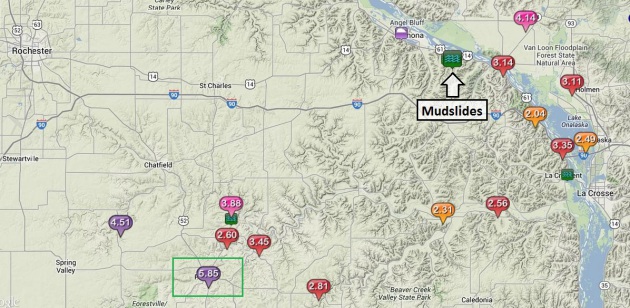
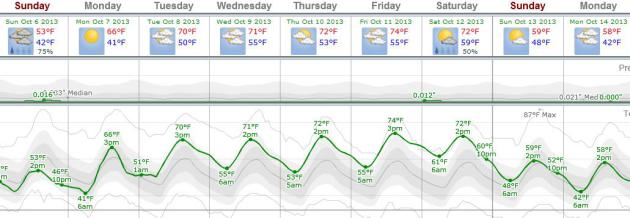
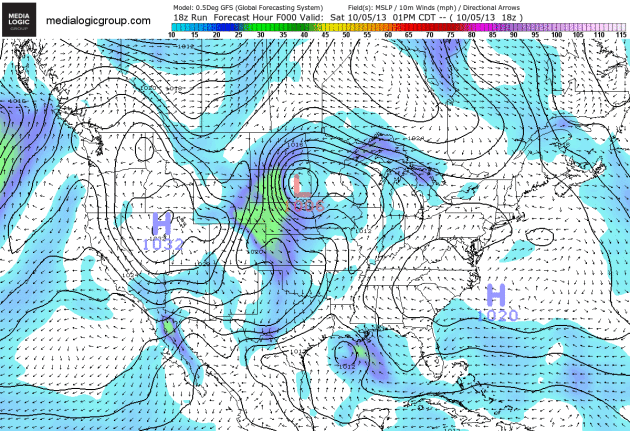
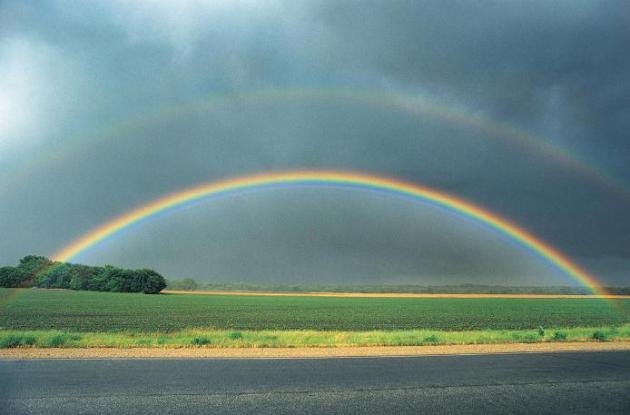

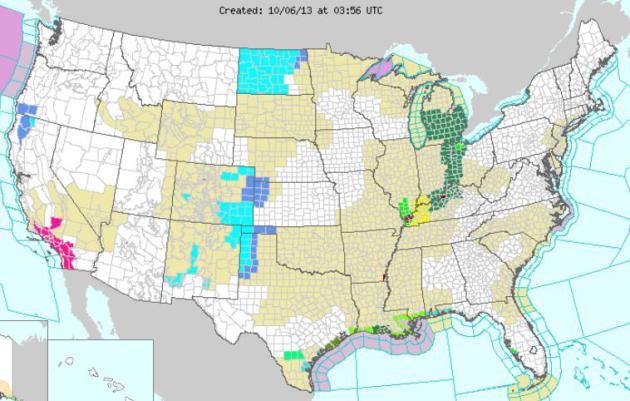
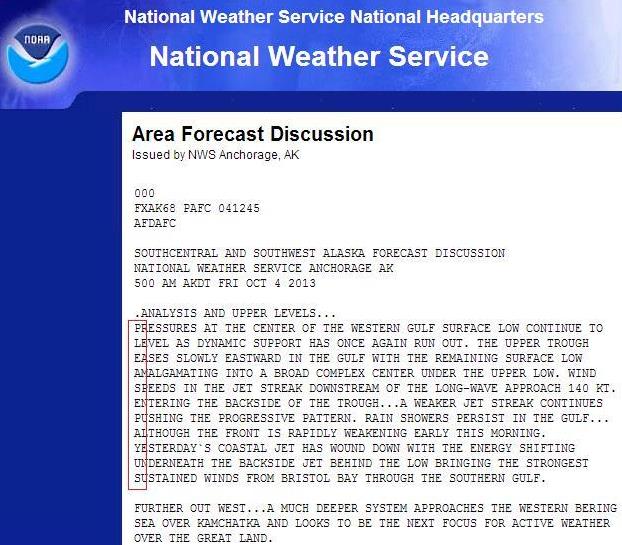
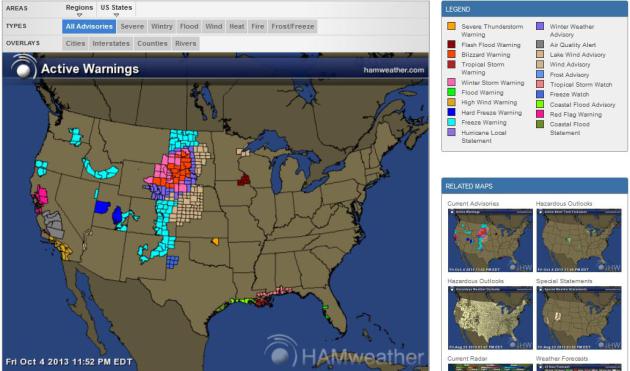

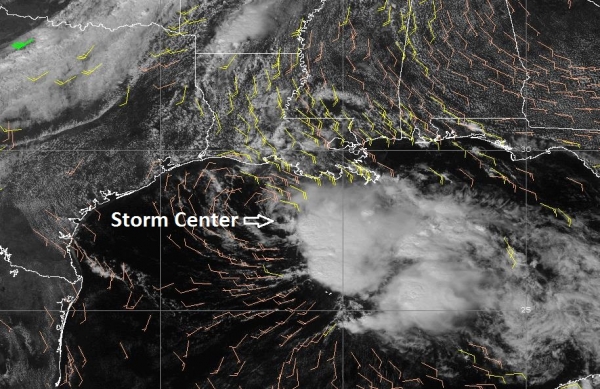
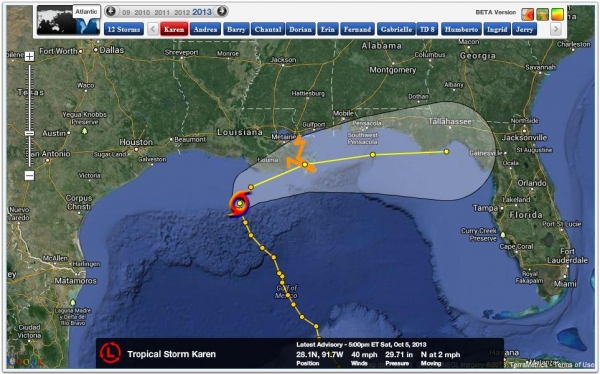
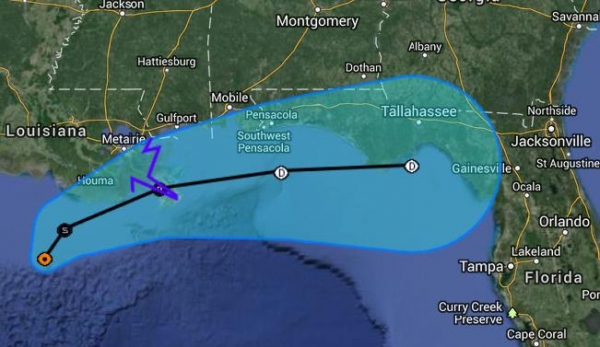
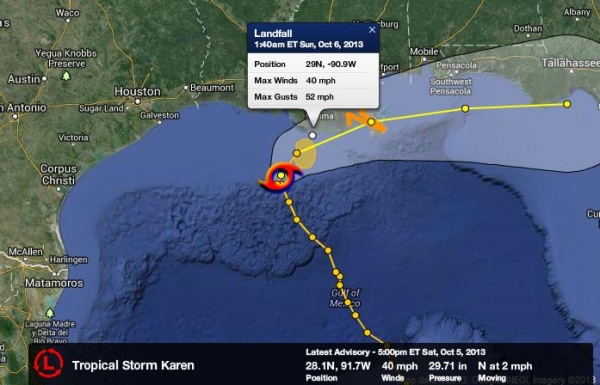
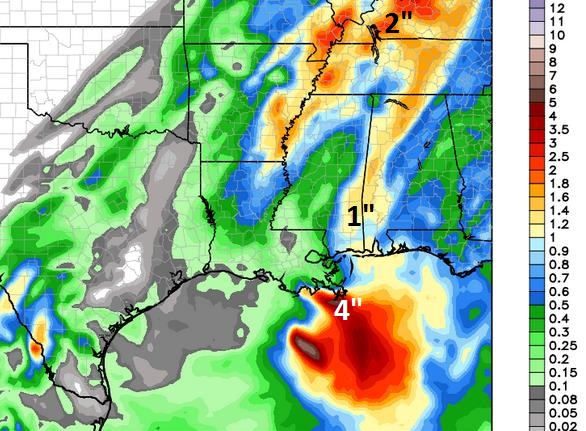
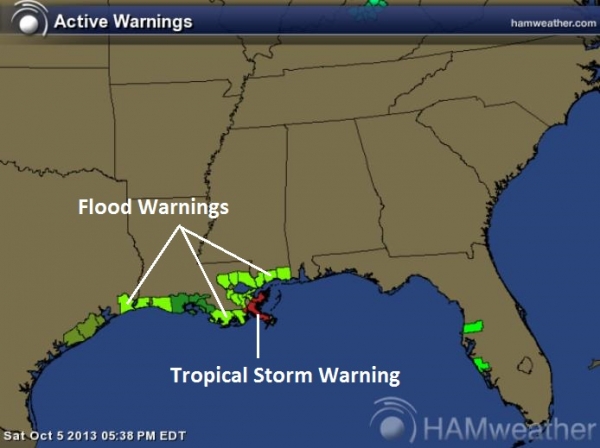

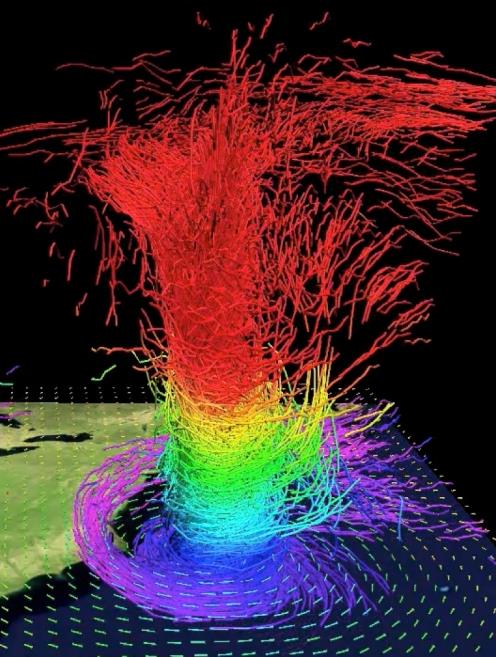

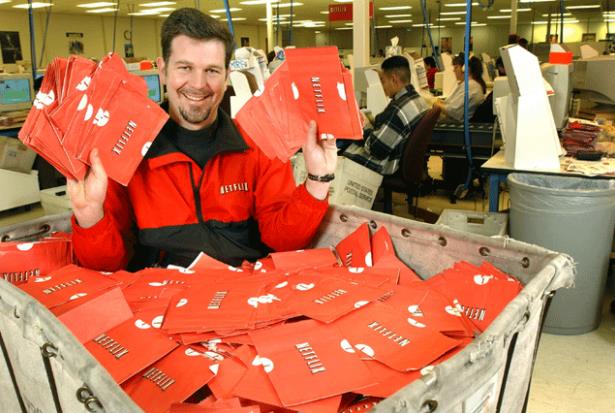

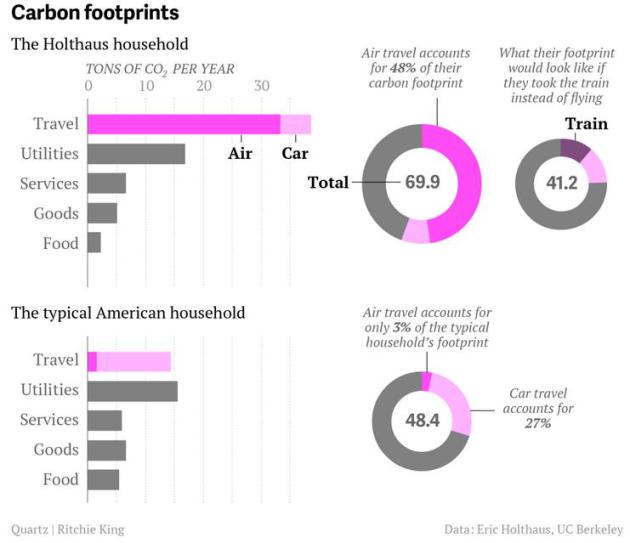
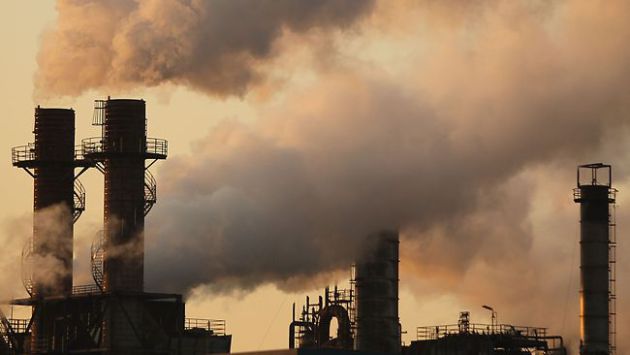
.jpg)
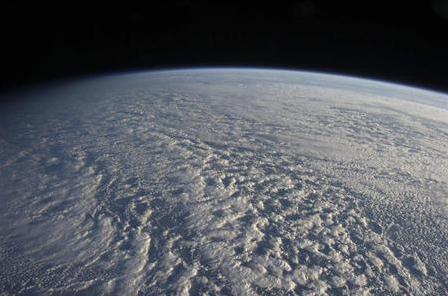
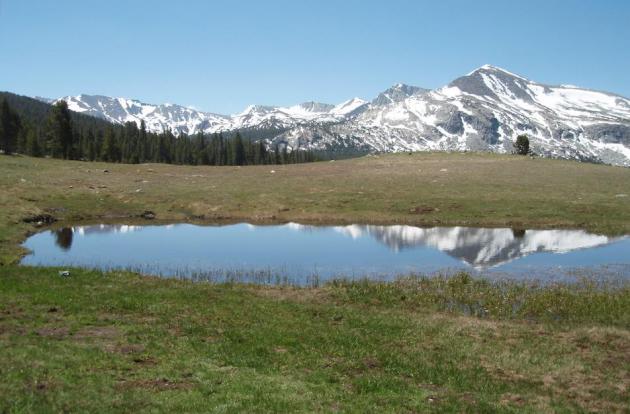
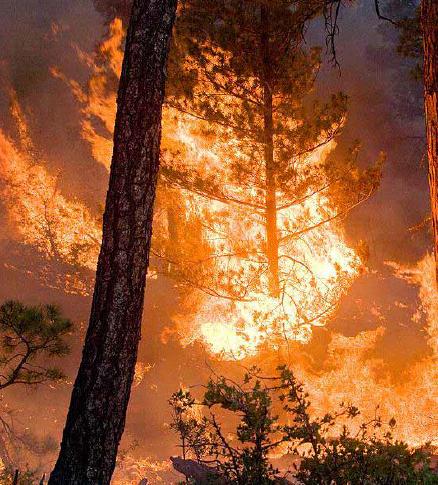
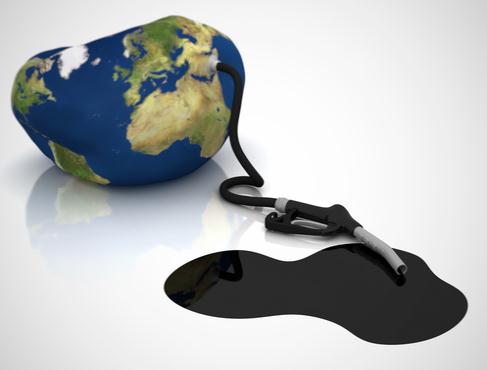
.jpg)
I read your post and i appreciate your efforts. The information that you share in the above article is very nice and useful .All the things that you share with people, are very nice. Thanks for this article.energy audit
ReplyDelete